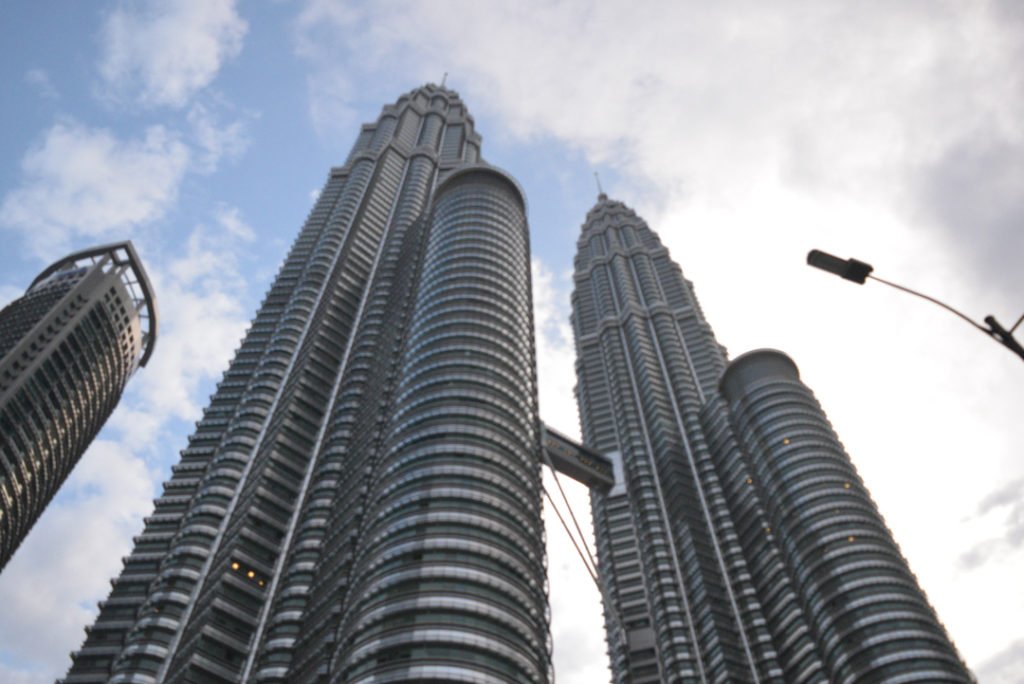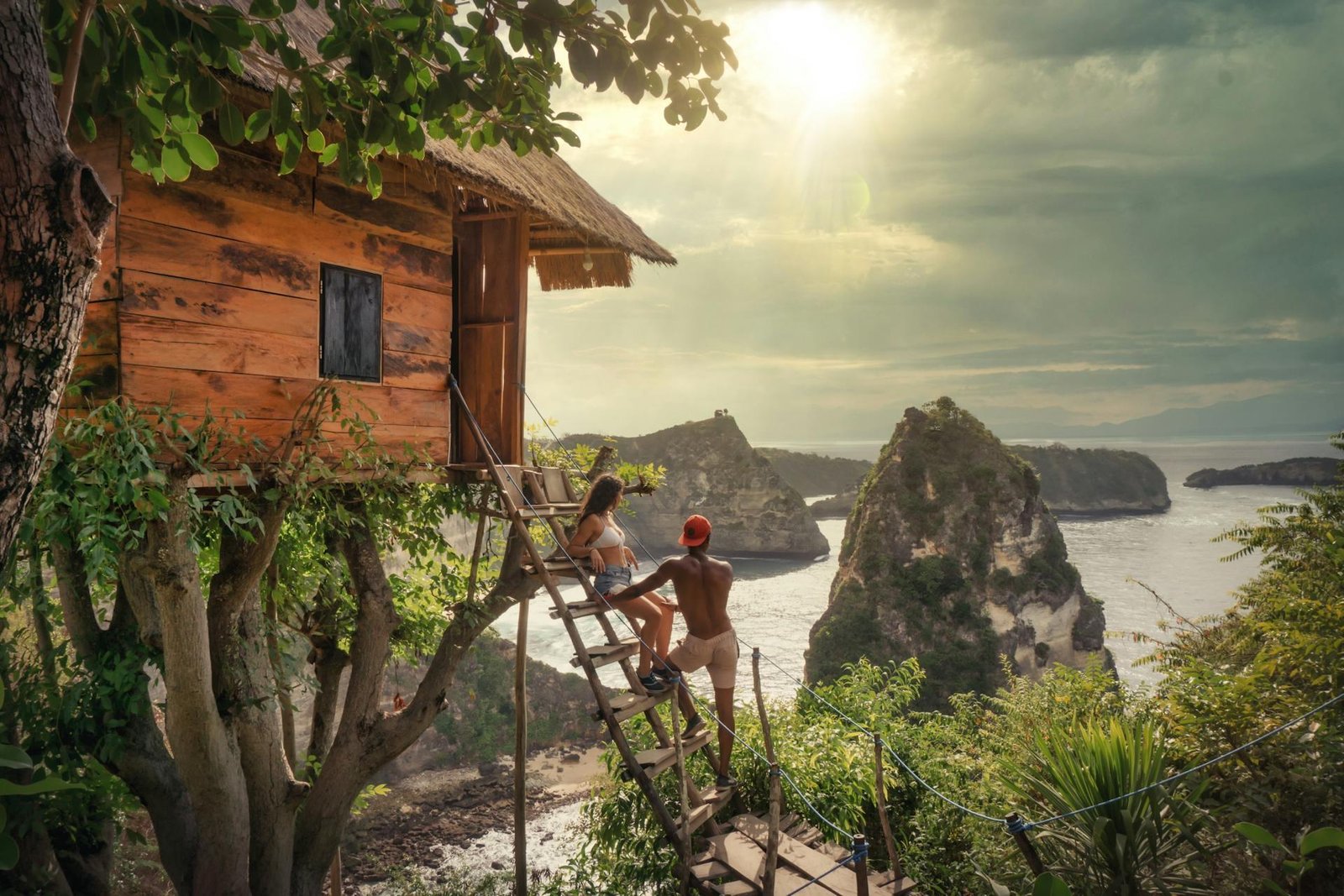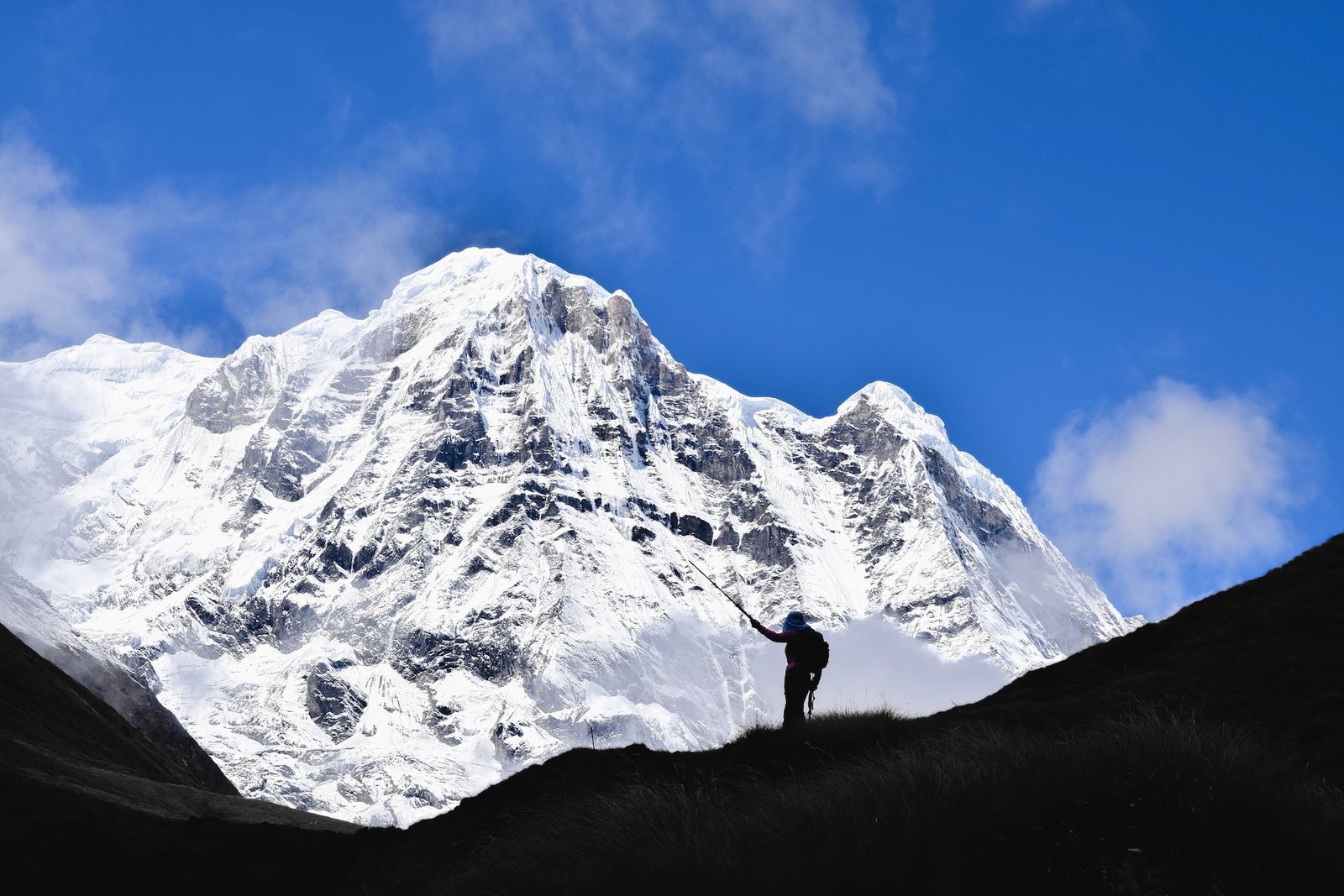On first glance, one finds it hard to believe that this cosmopolitan city of glittering malls and iconic skyscrapers was actually a disease-infested swamp as early as the 1850s. Kuala Lumpur, in this relatively short period of time, has seen many a foreign invader come and go, as have a large number of migrants from different communities.
These dramatic changes have left their mark on the heritage and culture of the place, which is clearly reflected in the cuisine and architecture of the city. As a result, travelers seeking quality time in a modern metropolis, full of vibrance and flair, are certain to get their money’s worth when embarking on a trip to Kuala Lumpur.
This handy guide will go a long way in making your visit to the ‘muddy confluence’ city a fruitful one.

Best Time to Visit Kuala Lumpur
The weather in Kuala Lumpur remains constantly warm throughout the year in the plus 30-degree range. Afternoon thunderstorms can be expected from February to May and then again from September to December.
The appropriate time is to visit Kuala Lumpur is therefore outside these months when the humidity is low and makes outdoor activities more enjoyable.
Plan Your Trip – Transportation
Kuala Lumpur is well connected by air between Europe, Asia and Australia with Malaysian Airlines offering extensive domestic and international flights.
If one wishes to travel by road, the North-South highway extends from Singapore and touches the border of Thailand via Kuala Lumpur. Roads are well maintained and driving standards are high in Malaysia.
Kuala Lumpur has efficient and fast train connections to major cities in peninsular Malaysia to Johor Bahru and Singapore. One can opt to travel in style in the luxurious Eastern and Oriental Express trains from Singapore to Bangkok with various sightseeing opportunities en route.
Getting to Malaysia
Airport: Kuala Lumpur International Airport is the key transport hub of Malaysia and serves as the main gateway to the country. The two terminals KLIA and KLIA2 handle an estimated 90 million passengers annually. Depending on the mode of transport, the transfer time between the two terminals ranges from 1 to 10 minutes. The Aerotrain from KLIA is complementary and takes under two minutes to complete the trip. The shuttle bus takes 10 minutes and is also free of charge, while the express Rail Link charges RM 2 and takes four minutes.
You can book airport coach online as well.
Train: The airport and the city center are also connected by train. The KLIA Ekspres is a direct non-stop service between the airport and KL City Air Terminal (KLCAT). The journey time is thirty minutes and at RM 55 offers a wonderful option to reach the city quickly and avoid the heavy traffic. Another high-speed train KLIA Transit also runs between the airport and KLCAT but makes frequent stops. The journey time is forty minutes and the fare is RM 55. Most of the travelers opt for online KLIA transit ticket booking.
Public transport: Public transport like buses and taxis are also available. While the taxis can be found right outside the arrival area, express buses depart from the KL Sentral station and charge RM 10 for the trip. Local buses run to Nilai and Banting and charge roughly RM 3 per trip.
Planning to explore Kota Kinabalu? Check out 10 things to do in Kota Kinabalu
Getting Around in Kuala Lumpur
Kuala Lumpur has an extremely efficient public transport system in place, which includes buses, trains, and the Rapid KL. The MyRapid card is a reloadable travel card which integrates all modes of travel under its scheme. Apart from the RapidKL service, KTM offers train services to the suburbs, while buses run by Metro Bus and RAPIDKL, supplement the train network.
Taxi stand exists in fixed locations and taxis can also be flagged down in the street. Taxis operate on meters but drivers usually travel on their own fares. If you don’t want to haggle pre-book a cab through Sunlight Taxi or Public Cab. There are plenty of international car hire companies like Avis and Hertz in case you want to self-drive. It is advisable to hold an International Driving License.


Things To Do in Kuala Lumpur
Explore the Jungle
Templer’s Park in the north of the city is home to an unspoiled rainforest where one can see waterfalls, go hiking and just relax away from the hustle and bustle of the city.
Explore the Crystal Waters
Some of the best diving can be experienced in the scenic islands of Perhentian and Topman. Dive shops in Kuala Lumpur will recommend any course and gear you may need.
Cook Like a Local
Malaysian food is inspired by countries like China, Thailand, and India, and learning to make some of the Rendang curries is a great source of pleasure.
Shopping in Kuala Lumpur
Kuala Lumpur is a shopper’s paradise. The markets and departmental stores simply overflow with local crafts and International brands. Prices are low and bargaining is the order of the day. The key shopping places are the areas bound by the Golden Triangle where a maze of outlets cater to everything under the sun and Chinatown for Chinese bric-a-brac.
Things to See in Kuala Lumpur
The main tourist center is located in the City Hall and provides free maps and brochures. Some of the major attractions are Central Market, Dataran Merdeka the heritage site, Islamic Arts Museum, Perdana Botanical Gardens, National Museum, Menara Kuala Lumpur, Sin Sze Si Ya Temple, and the National Mosque.


Tours and Excursions in Kuala Lumpur
Cultural tours- Tours of the city by well-informed guides to the best temples, markets and street stalls.
Food tours- Food Tour Malaysia runs a popular culinary trip to taste the different types of cuisine in specialty shops and backstreet dining outlets
Batu Caves- A 13 km long train trip brings you to this massive labyrinth of limestone chambers housing a number of Hindu shrines with the statue of Lord Murugan dominating the entrance.
Melaka- A UNESCO World Heritage Site is known for showcasing unique architecture bearing the mark of Dutch, Portuguese, and British rule. This coastal city lies two hours drive from Kuala Lumpur and is an amazing weekend getaway in Malaysia from KL.


Eating Out in Kuala Lumpur
Thanks to the vibrant culinary culture provided by the ethnic population, eating out in Kuala Lumpur is a favorite pastime of many. A three-course meal in an expensive outlet will cost RM 95, in a moderate place RM 75 and in a cheap joint RM 55. The food served includes Malay stir-fries, Chinese and spicy Indian dishes. The KLCC is full of elegant restaurants with rooftop views and serviced by celebrated chefs.

Currency Used in Kuala Lumpur
Malaysia’s currency is called the Malaysian ringgit (MYR). One ringgit is made up of 100 sen. Further, credit cards are widely accepted.
1 MYR = 0.24 USD
1 MYR = 16.62 INR
Accommodation in Kuala Lumpur
The swanky KLCC business district of Kuala Lumpur has many high class hotels with rates much lower than its European counterparts. There are plenty of mid-range and budget hotels around Jalan Bukit Bintang and Chinatown. Luxury hotels, above RM 600, include the Mandarin Oriental and The Majestic. Moderately priced rooms in the RM 350 range can be found in Hotel Capitol or Traders Hotel. Cheaper-hotels below the RM 350 range are Sarang Mas and Metro 360.
Want to know how to have the best of it in Sabah? Accommodation, transport, currency, and all the question are answered here –
Nightlife in Kuala Lumpur
Being a predominantly Muslim country, one should not expect a lively night scene in Kuala Lumpur. Having said that, the elite of the city congregate at the slickest bars and clubs where liquor flows freely in spite of the religious restrictions.The region around Changkat Bukit Bintang has a total Western atmosphere and is extremely popular with the young crowd. South of the city centre is the upcoming party spot of Bangsar, but with a much laid back vibe and plenty of late night live music clubs. There are all up to date listings available on (www.visionkl.com) and (www.timeoutkl.com) websites.
Events in Kuala Lumpur
Thaipusam – 21st January
Celebrated solely by the Tamil Hindus of Malaysia, Thaipusam is the most important festival of the country. Colorful celebrations mark the act of self- mortification before embarking for the Batu Caves.
Federal Territory Day – 1st February
Marking the ceding of Kuala Lumpur to the federal government of Malaysia in 1974 by the state of Selangor. Celebrated with fireworks and parades.
Chinese New Year – 5th February
Celebrated across the city, not only by the Chinese, but one all the festival is marked with dances, fireworks and liberal feasting on Chinese dishes.
Sale Carnival – mid June to August
This shopping bonanza is exactly on the lines of the one organised in neighbouring Singapore. During this period prices are slashed on all goods across the city.
Merdeka Celebrations – August
This month long event is the result of the country gaining independence from Britain in 1957. On the last day of August, a mega parade with the ceremonial raising of the National Flag takes place at the Merdeka Square.

Malaysia has really lived up to its reputation as ‘truly Asia’ with Kuala Lumpur resembling a phoenix rising from the ashes. Nowhere else in the world but in this supercharged capital can one explore virgin rainforests amongst the tallest skyscrapers right in the center of the city. So if you really want to enjoy a platter of true Asian culture, head to Kuala Lumpur before these miraculous pockets of greenery turn into mere parking lots.




It is the best post..thanks for remind about my home town of Kuala Lumpur. I always love your articles.
Thank you so much!:)